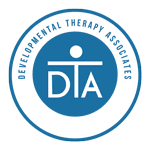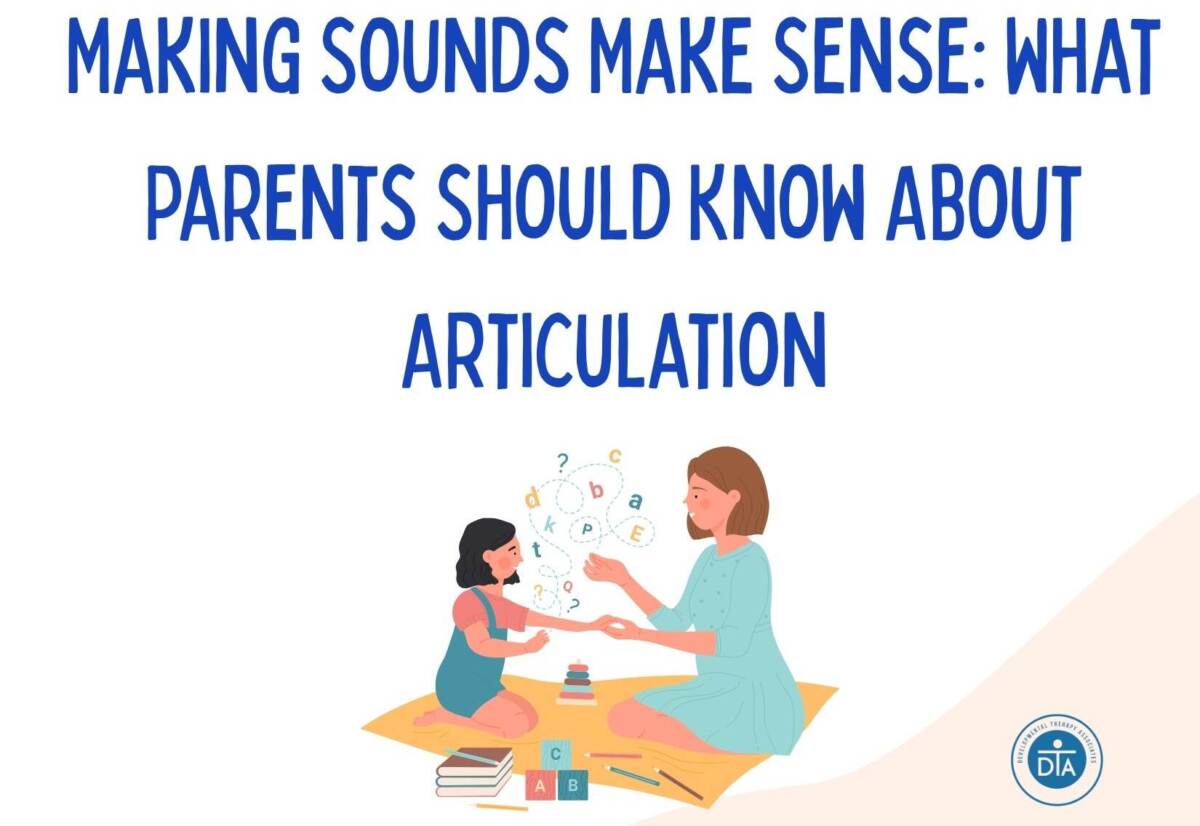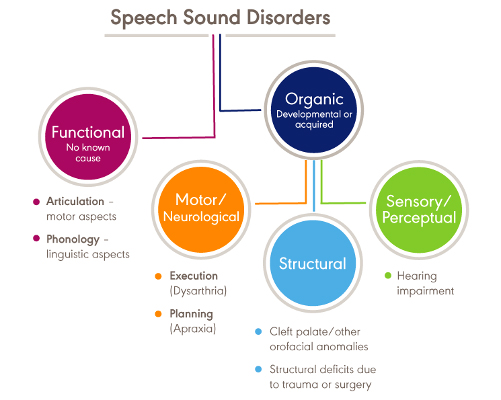How To Recognize An Articulation Disorder
Children who present with an articulation disorder may demonstrate challenges to form specific sounds or words due to issues with motor movements required for speech. These errors can include:
- Substituting one sound for another (e.g., saying “wabbit” for “rabbit”),
- Distorting sounds (e.g., a “slushy” /s/ sound, also known as a lisp),
- Adding extra sounds (e.g., saying “balue” for “blue”)
Many people find it challenging to distinguish between articulation disorders and phonological disorders.
Articulation Disorders: focus on the specific physical production of individual speech sounds
Phonological Disorders: involve specific patterns of errors in sound usage related to the rules of language.
For example: A child might say “wabbit” for “rabbit” (articulation error) and also consistently leave off the final consonant in words (phonological error).



